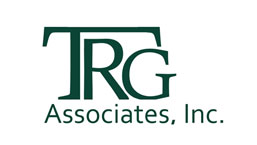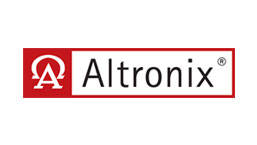ASAP Service Reduces Call Handling Time by 33+ Hours a Month at Riverside, California 911 Center
The Monitoring Association (TMA) announced that the City of Riverside, California’s Emergency Communications Center (ECC) has saved an estimated 24,462 minutes—over 33 hours a month—in 2024 alone by using TMA’s ASAP Service to process alarm and sensor notifications.
 The estimate is based on an average savings of two minutes per call for 12,231 alarm notifications processed via ASAP Service in 2024, bypassing the traditional multiple voice calls required to gather dispatch and response details.
The estimate is based on an average savings of two minutes per call for 12,231 alarm notifications processed via ASAP Service in 2024, bypassing the traditional multiple voice calls required to gather dispatch and response details.
“The streamlined call-handling enabled our telecommunicators to focus more on priority 911 emergencies, which was especially beneficial during periods of high call volume,” Brandt said. “ASAP Service has been a valuable tool for our center, and I’m surprised that more agencies haven’t adopted it.”
Riverside’s ECC handles emergency calls and dispatches police, fire/rescue, and emergency medical response. In 2024, the center handled more than 756,000 calls for service. Given the large call volume, ECC officials sought a way to mitigate the impact of alarm/sensor notifications, which can require as many as five voice calls between an ECC’s telecommunicator and alarm monitoring center personnel to gather the necessary information for dispatching the appropriate response.
Consequently, the ECC implemented ASAP Service in 2023, for law enforcement-related alarm notifications, and the results have been eye-opening, according to Michelle Brandt, the city’s police/fire communications manager. In 2024, 12,231 alarm notifications were delivered directly to the center’s CAD system via the ASAP Service, dramatically reducing the number of manual phone calls between telecommunicators and alarm-monitoring center personnel.
ASAP Service was developed by TMA to lessen the impact of alarm/sensor notifications that typically enter an ECC over nonemergency administrative telephone lines. With ASAP Service in place, those notifications are automatically delivered to the ECC’s computer-aided dispatch (CAD) system, providing all the information needed by ECC’s telecommunicators to dispatch the appropriate emergency response. This saves approximately two minutes per call on average, a significant amount of time during emergencies when lives are at stake and every second counts.
ASAP Service leverages the Automated Secure Alarm Protocol (ASAP). The protocol was developed jointly by TMA and the Association of Public-Safety Communications Officials (APCO). ASAP Service also leverages the Alarm Verification Scoring standard (ANSI/TMA AVS-01), which identifies five scoring levels to help telecommunicators prioritize the severity of an alarm/sensor notification.
Learn more about how TMA’s ASAP Service is saving lives every day nationwide at www.ASAP911.org.










Leave a Reply
Want to join the discussion?Feel free to contribute!